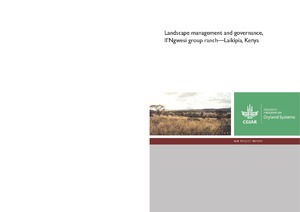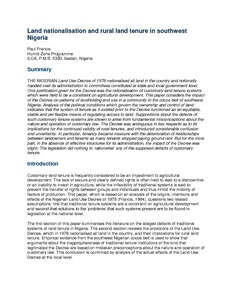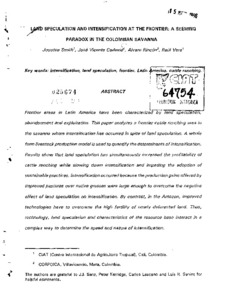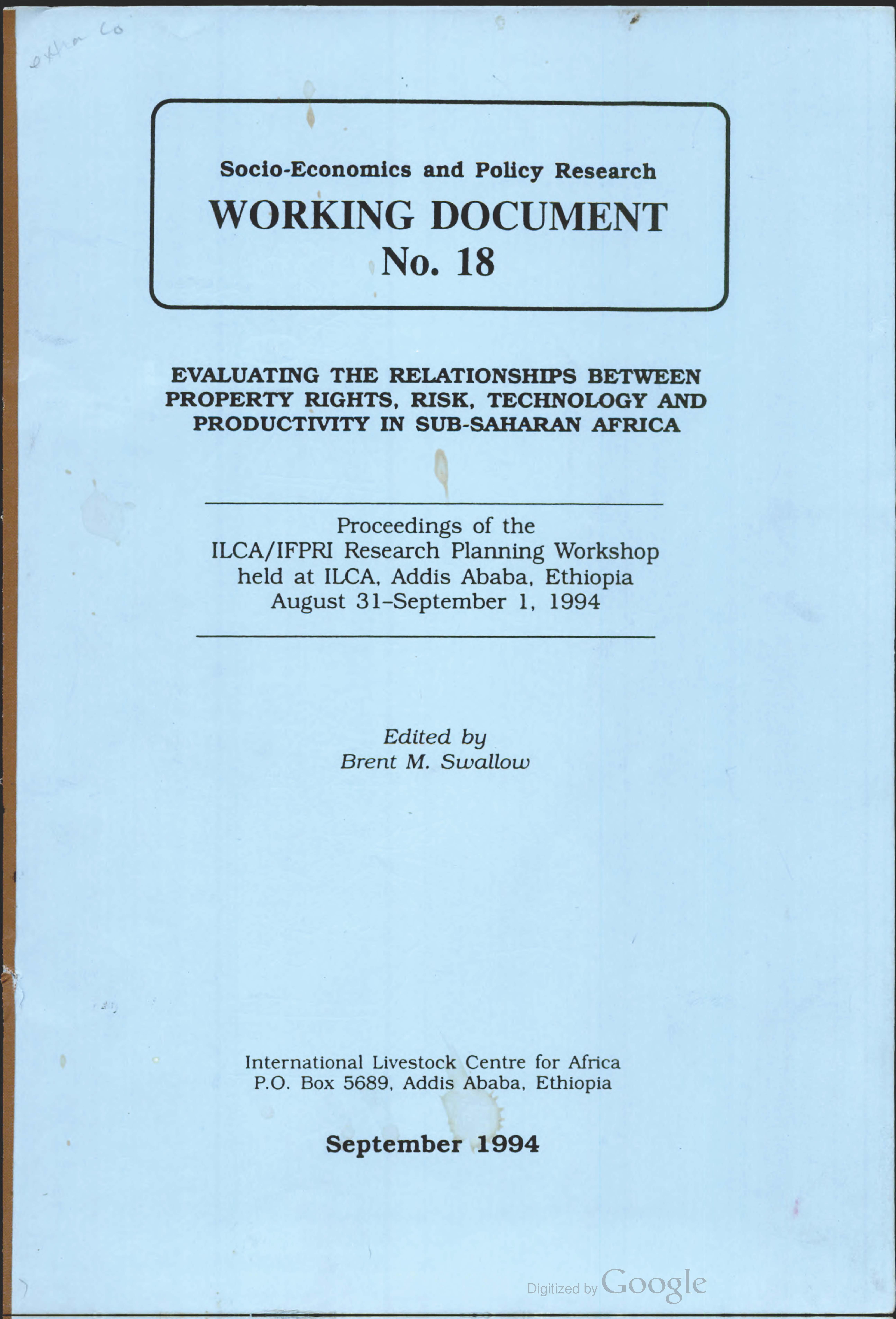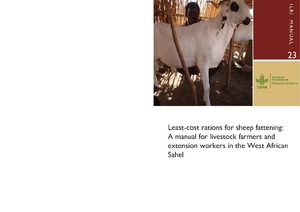Lance Robinson on measuring resilience in drylands of East Africa
Lance Robinson, Governance and Resilience Scientist, ILRI, at the side event, “Measuring and Evaluating Resilience in Drylands of East Africa.”; IFPRI 2020 conference on Building Resilience for Food and Nutrition Security, May 15-17, 2014, Addis Ababa, Ethiopia. More information at http://www.2020resilience.ifpri.info


